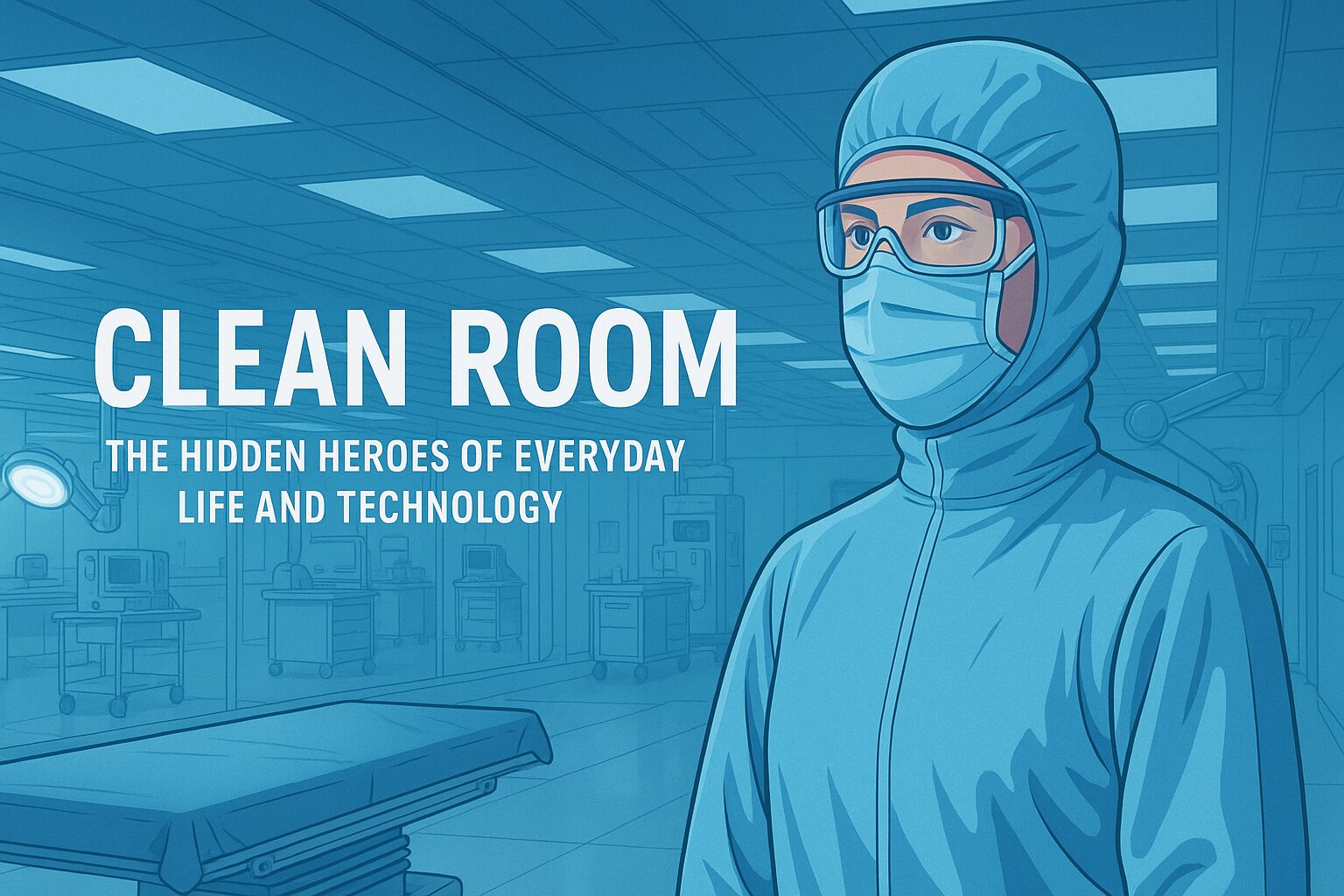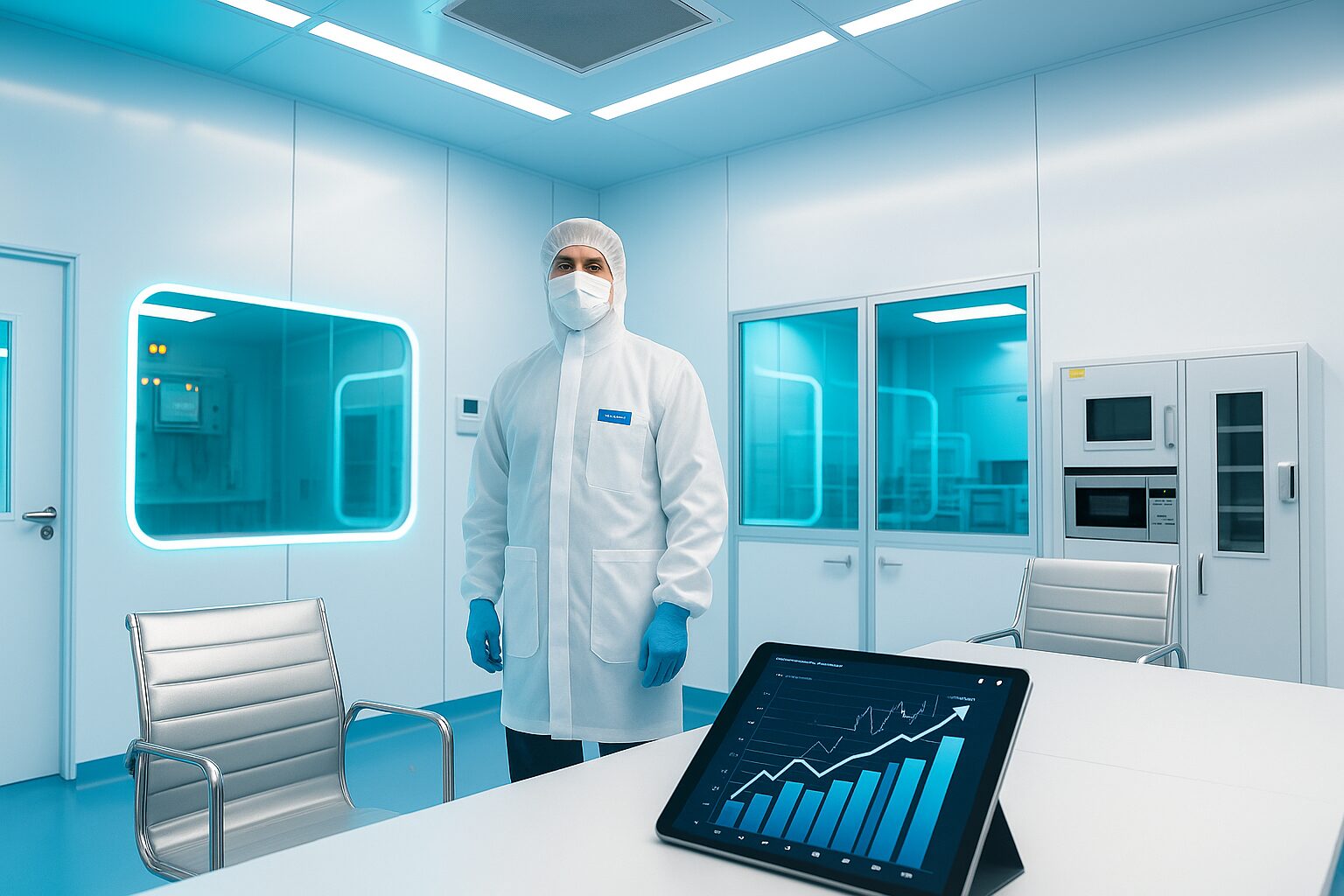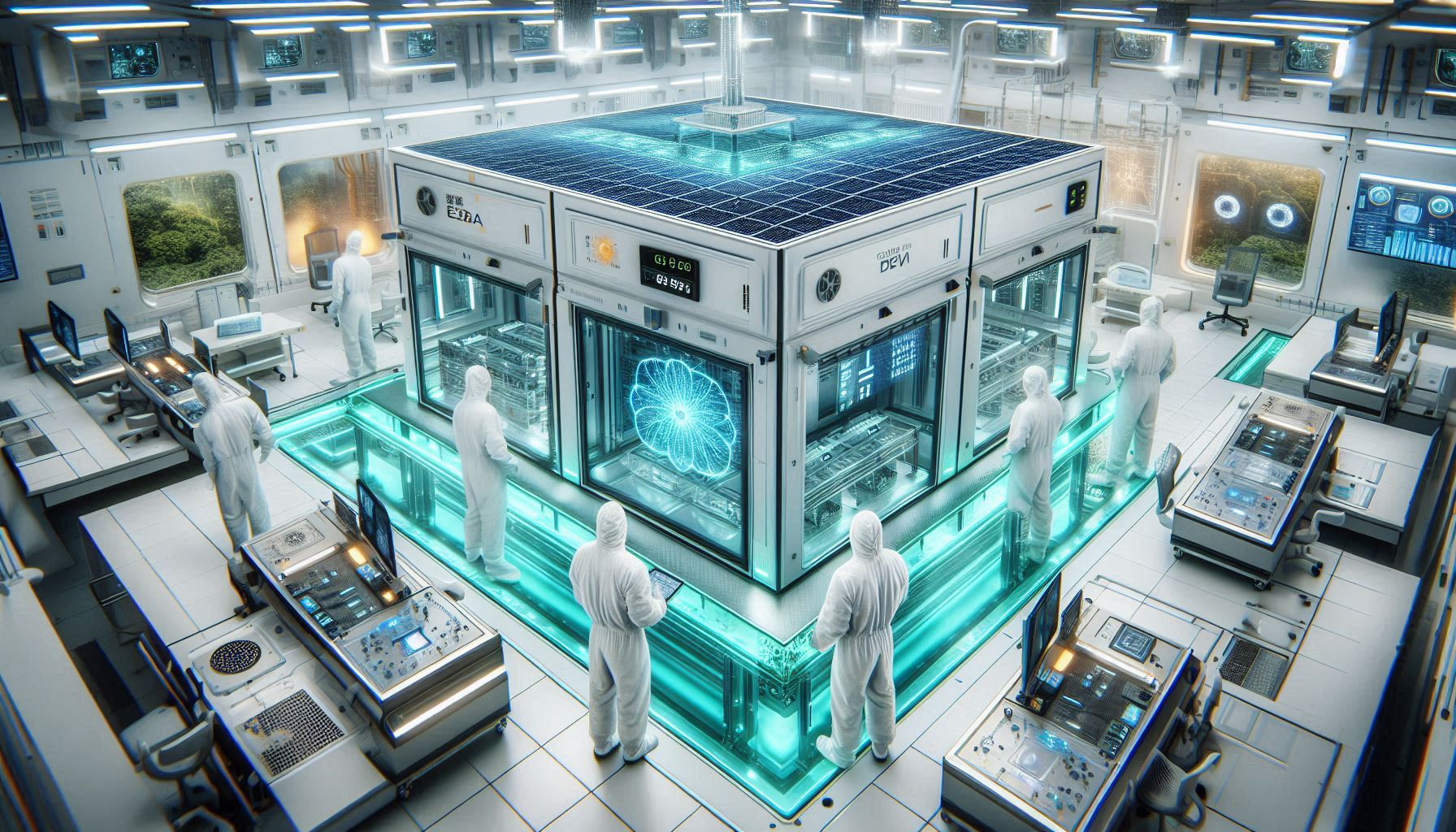What Defines a Clean Room?
A clean room is a controlled environment where airborne particles, temperature, humidity, and pressure are carefully regulated to prevent contamination. These environments are indispensable in industries where even a single speck of dust or microbe could spell disaster—think semiconductor fabrication, pharmaceutical production, or aerospace engineering. For example, a Hyderabad-based vaccine manufacturer reduced contamination risks by 40% after upgrading to ISO 5 cleanrooms.
Why Clean Rooms Are Non-Negotiable in Critical Industries
Clean rooms safeguard processes where precision is paramount:
- Pharmaceuticals: Sterile drug production relies on HEPA filters (learn maintenance tips here ) and pressure gradients to block pathogens.
- Semiconductors: Nanoscale chip fabrication demands particle counts as low as ISO 1 standards (≤10 particles/m³).
- Healthcare: Operation theatres use laminar airflow systems to prevent surgical infections.
A Bengaluru semiconductor plant achieved ISO 14644-1 compliance by maintaining 300 air changes per hour (ACH), cutting defects by 25%.
Decoding Clean Room Classifications (ISO 1 to ISO 9)
Cleanrooms are classified based on the number of particles per cubic meter, following ISO 14644-1 standards:
- ISO Classes: Range from ISO 1, the cleanest with 10 particles or fewer per cubic meter, to ISO 9, which reflects normal ambient air conditions.
- Pharma Standards: EU GMP Grade A aligns with ISO 5 (≤3,520 particles/m³ ≥0.5µm).
- Legacy systems: Class 100 correspond to ISO 5, which permits up to 100 particles per cubic foot.
A Delhi hospital avoided FDA penalties by aligning its OTs with ISO 8 standards, ensuring NABH conditions.
Types of Clean Room: From Modular to Soft-wall
Cleanrooms vary by construction and airflow design:
- Modular Cleanrooms:
- Prefabricated panels allow scalability. Ideal for startups needing flexible setups.
- Example: A Pune biotech lab used modular units to expand production during the pandemic.
- Conventional Cleanrooms:
- Built from scratch, offering permanent solutions for large-scale operations.
- Softwall Cleanrooms:
- Temporary, PVC-curtained spaces for low-risk tasks like packaging.
- Unidirectional Flow Rooms:
- Laminar airflow (0.45 m/s) for sterile zones, reducing turbulence.
Designing Clean Room: Balancing Precision and Practicality
Designing a clean room involves integrating advanced systems to sustain critical conditions such as temperature, humidity, pressure gradients, and particle count. These environments require meticulous planning to meet industry-specific standards while balancing cost and functionality.
Key Components of Clean Room Design
- Airflow Systems:
- Laminar Flow: Unidirectional airflow (typically downward) is used in sterile zones like pharmaceutical cleanrooms. This ensures that particles are removed from critical areas. For example, a Gujarat pharma facility achieved ISO Class 5 compliance using laminar flow systems.
- Turbulent Flow: Non-unidirectional airflow suits less sensitive areas, such as packaging units, where particle control is less stringent.
- HVAC Integration:
- HEPA Filters: Essential for trapping 99.97% of particles ≥0.3 microns. Regular maintenance of these filters is critical to avoid contamination risks.
- Pressure Gradients: Positive pressure (+15 Pa) prevents external contaminants from entering, while negative pressure isolates hazardous materials in bio-safety labs.
- Material Selection:
- Non-shedding surfaces like stainless steel and epoxy flooring minimize particle generation. A Bengaluru semiconductor plant reduced defects by 25% by using anti-static materials.
Balancing Cost and Compliance
Clean room costs vary widely:
- ISO 5 Cleanrooms: ₹50,000–₹2 lakh per square foot.
- Modular Cleanrooms: Prefabricated units offer flexibility for startups, reducing upfront investment.
Adherence to ISO 14644-1 and ASHRAE 170 standards is essential. A Delhi hospital avoided regulatory penalties by aligning its operation theatre design with these guidelines.
Emerging Trends in Clean Room Design
- Sustainability: Solar-powered HVAC systems and energy recovery wheels reduce carbon footprints (learn more).
- AI-Driven Monitoring: Predicts filter failures using airflow data.
- Automation: Robotics and AI-driven sensors minimize human intervention, lowering contamination risks.
Case Study: Semiconductor Manufacturing
A Hyderabad semiconductor fab implemented low-velocity airflow systems and real-time particle monitoring, achieving Class 10 (ISO 4.5) compliance. This reduced chip defects by 30%, highlighting the ROI of precision design.
Challenges in Clean Room Design
- Human Error: Particularly gowning mistakes, causes 80% of contamination incidents.
- Energy Costs: High ACH (air changes per hour) demands significant power, driving innovation in energy-efficient HVAC systems.
- Costs: ISO 5 cleanrooms cost ₹50,000–₹2 lakh/sq.ft
By prioritizing contamination control, airflow optimization, and sustainability, clean room design continues to evolve, supporting industries where precision is paramount.
Maintaining Critical Conditions: SOPs and Monitoring
Stringent protocols ensure compliance:
- Gowning Procedures: Full PPE, including sterile suits and gloves.
- Material Handling: Airlocks and ULPA filters for equipment entry.
- Cleaning: Daily disinfection with ISO-certified agents.
IoT sensors now enable real-time tracking of temperature, humidity, and particle counts, as seen in smart HVAC systems.
FAQs
Q1: What is a clean room?
A: A controlled environment regulating particles, temperature, and pressure to protect sensitive processes.
Q2: What are ISO classifications?
A: ISO 1 to ISO 9 define cleanliness levels, with ISO 1 being the most stringent.
Q3: How do HEPA filters work?
A: They trap 99.97% of particles ≥0.3µm, essential for sterile environments.
Q4: What is a Class 100 cleanroom?
A: Equivalent to ISO 5, with ≤100 particles/ft³ ≥0.5µm.
Q5: Why is pressure gradient important?
A: It prevents contaminants from entering critical zones.
Q6: How to maintain a clean room?
A: Follow strict SOPs for gowning, cleaning, and HVAC upkeep (full guide ).
Disclaimer: Some links in this article are affiliate links, such as those for Amazon products. These may generate a small commission at no extra cost to you, supporting our work. We never compromise editorial integrity for partnerships.
About the Author
Mr. Om Prakash, with over 18 years of hands-on experience in the HVAC industry, brings unmatched expertise in cleanroom, pharmaceutical, semiconductor, data center, commercial, and industrial HVAC systems. As the founder of HVAC Technocrat, he specializes in customized HVAC design, energy efficiency audits, retrofit planning, and turnkey consultancy services across India. His deep understanding of critical environments and complex building needs ensures every solution is efficient, reliable, and future-ready. Through his writings, he simplifies HVAC concepts and shares real-world insights to support professionals, facility managers, and decision-makers. For any enquiries or project support, feel free to call or WhatsApp at +91 9908091942, email at hvactechnocrats@gmail.com , or visit www.hvactechnocrat.com . Follow his LinkedIn profile https://www.linkedin.com/in/hvactechnocrats/ for updates.












Leave a Reply